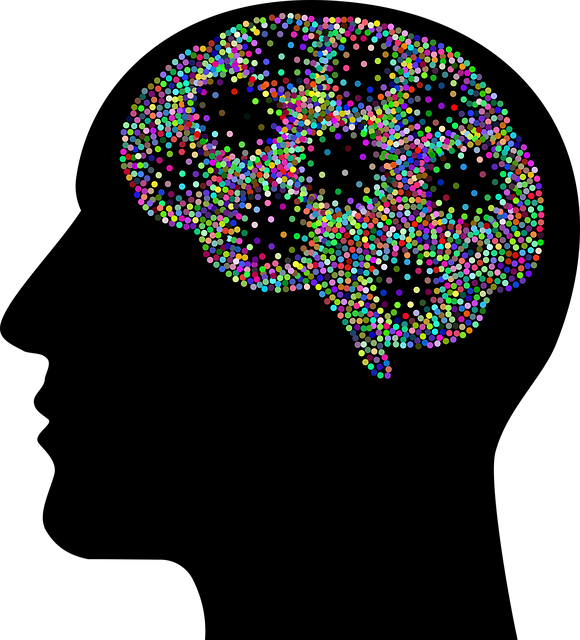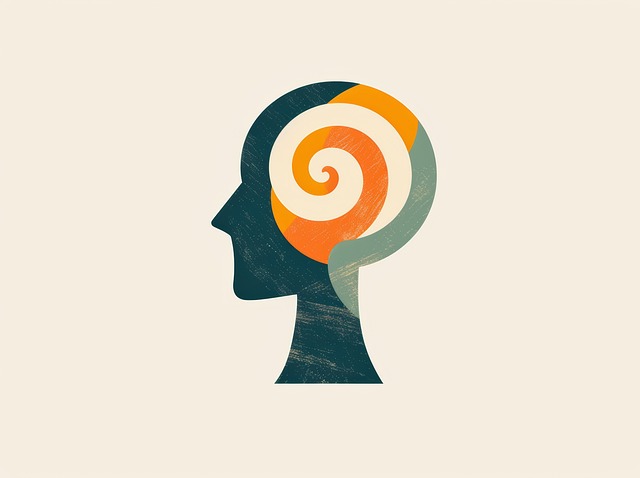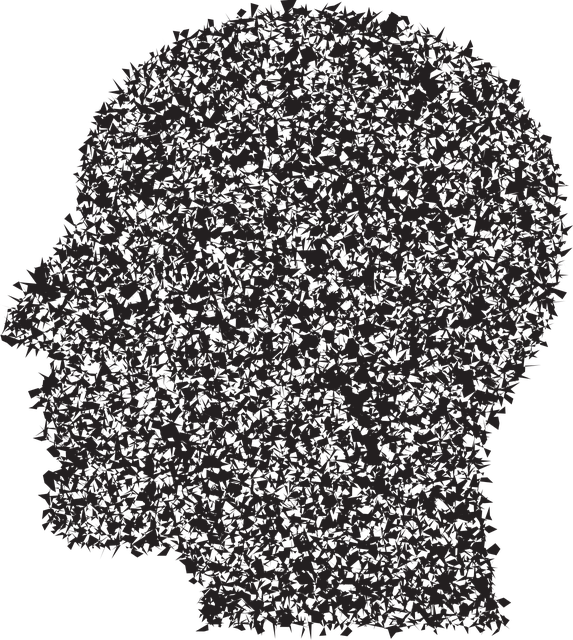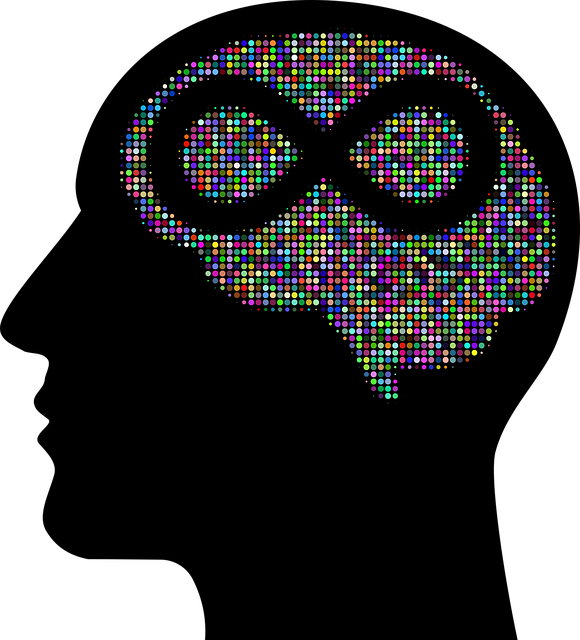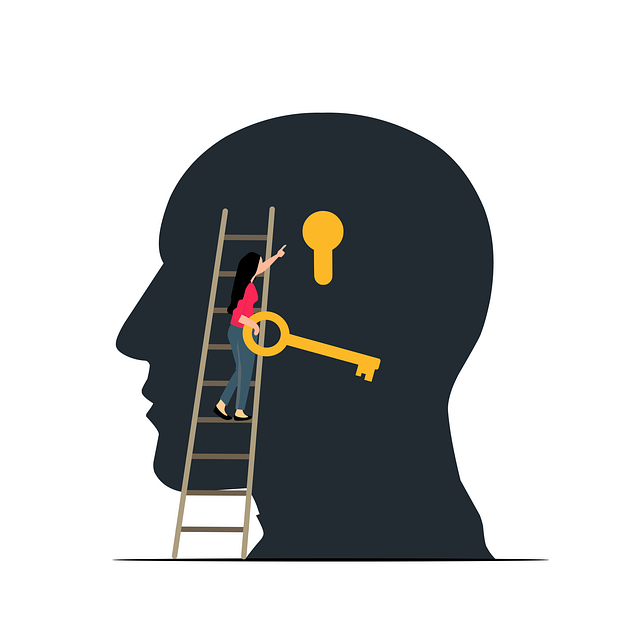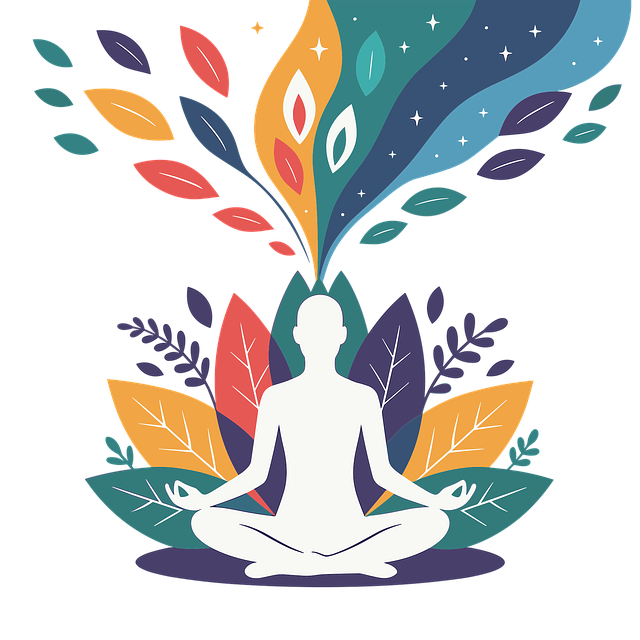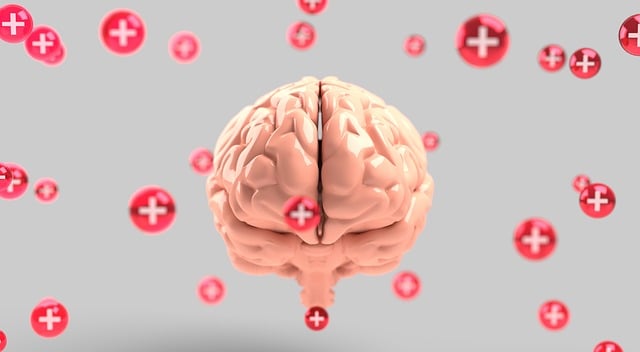Mental wellness journaling is an effective tool for individuals managing chronic pain through Centennial Chronic Pain Therapy. By documenting daily experiences, emotions, and coping strategies, patients gain insights into their mental health journey and emotional responses to pain. This practice aids treatment and provides valuable data for professionals to tailor mental health interventions like anxiety relief strategies. The Centennial Chronic Pain Therapy Journal helps users track pain nuances, integrate physical activities, mood, and sleep, promoting a balanced perspective and motivation while preventing burnout. It offers a safe space for personal expression with cultural sensitivity, making it an invaluable resource for effective management of chronic pain and self-reflection.
“Unwind and embrace a transformative journey towards mental wellness with the power of journaling. This comprehensive guide delves into the world of Centennial Chronic Pain Therapy through the lens of self-expression. Learn how documenting your experiences can be an effective tool for managing chronic pain, offering clarity and emotional release.
We’ll navigate creating your personalized therapy journal, exploring strategies to capture and reflect on your daily struggles and triumphs, ultimately fostering a deeper understanding of yourself.”
- Understanding Mental Wellness Journaling for Chronic Pain Management
- Creating Your Centennial Chronic Pain Therapy Journal
- Effective Strategies for Documenting and Reflecting on Your Journey
Understanding Mental Wellness Journaling for Chronic Pain Management

Mental wellness journaling can be a powerful tool for individuals living with chronic pain, offering a unique and personal approach to managing their mental health alongside physical symptoms. It encourages self-reflection and provides an outlet for expressing emotions, thoughts, and experiences related to pain. By jotting down daily occurrences, feelings, and coping strategies, individuals can gain valuable insights into their mental wellness journey, fostering a deeper understanding of their emotional responses to chronic pain.
This practice goes beyond simple note-taking; it allows for the creation of a private sanctuary where one can explore and process complex emotions effectively. In the context of Centennial Chronic Pain Therapy, journaling becomes an essential part of comprehensive treatment, enabling patients to actively participate in their healing process. Moreover, effective mental wellness journaling can serve as a risk management planning tool for mental health professionals, offering insights into patient progress and aiding in tailoring treatments, including anxiety relief strategies, to individual needs.
Creating Your Centennial Chronic Pain Therapy Journal

Creating your Centennial Chronic Pain Therapy Journal can be a powerful tool to manage and understand your long-term pain journey. It’s more than just recording symptoms; it’s a space for self-reflection, coping strategies, and tracking progress. Start by selecting a journal that feels right for you—a hardback with lined pages might suit some, while others may prefer a flexible notebook or even an app-based journal for convenience.
Each entry should include a date and a clear focus. Describe your pain experience in detail: where it’s located, its intensity, any triggers, and how it affects your daily life. Incorporate aspects like mood, sleep quality, and physical activities to gain insights into the complex relationship between your chronic pain and mental wellness. Don’t forget to include positive moments or achievements; celebrating small wins can boost motivation and combat burnout (a common issue in managing long-term pain). With cultural sensitivity in mental healthcare practice increasingly recognized as crucial, make sure your journal provides a safe, personal space where you can express yourself freely, without judgment.
Effective Strategies for Documenting and Reflecting on Your Journey

Keeping a mental wellness journal is a powerful tool for self-reflection and personal growth, especially when coupled with Centennial Chronic Pain Therapy. Effective documentation involves tracking your daily thoughts, emotions, and experiences, providing a detailed account of your journey towards better mental health. Reflect on both positive and challenging moments, noting what you learned from each experience. This process allows you to identify patterns, triggers, and coping mechanisms that work best for you.
Incorporating Burnout Prevention Strategies for Healthcare Providers into your journaling routine can further enhance its benefits. By regularly reviewing your entries, you can build self-awareness, strengthen resilience, and develop strategies to manage stress effectively. Mental Health Education Programs Design often emphasize the importance of self-care, and journaling serves as a practical tool to integrate this into your daily life. It offers a private space to explore your mental health, fostering increased confidence and a deeper understanding of yourself.
Mental wellness journaling can be a powerful tool for managing chronic pain, offering individuals a way to track their journey, reflect on progress, and gain insights into their experiences. By creating a personalized Centennial Chronic Pain Therapy Journal, you empower yourself to take control of your mental health. Through effective documentation and reflection strategies, this practice becomes an invaluable resource in navigating the challenges of chronic pain and fostering resilience. Embrace the transformative potential of journaling as a supportive companion on your path to improved mental wellness.

